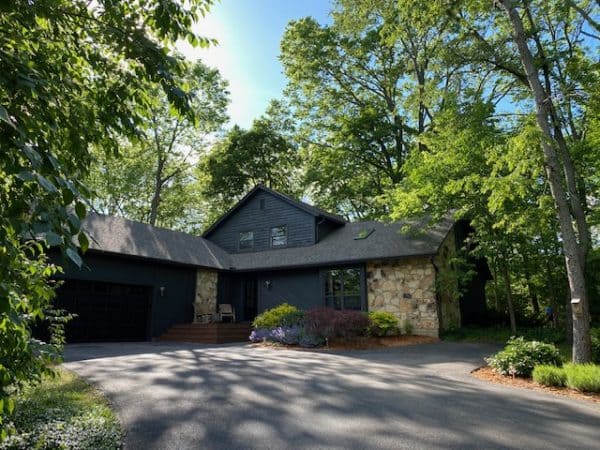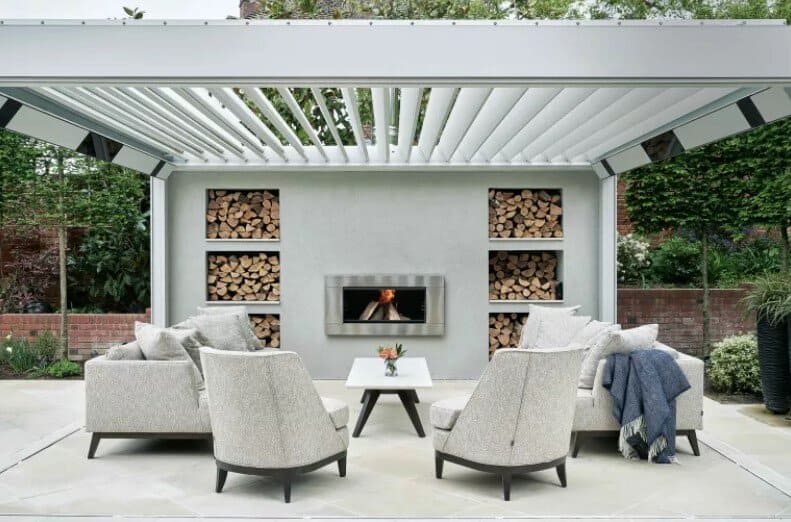In the realm of architectural wonders, the bonnet roof stands as a testament to both elegance and functionality. In this comprehensive guide, we delve into the intricacies of bonnet roofs, exploring their history, design elements, advantages, and why they’re a stellar choice for your next construction project.
Understanding the Bonnet Roof: A Historical Perspective
The bonnet roof, also known as the kicked-eaved roof, has a rich history dating back to the colonial era. Originating from French architecture, this unique roof style gained popularity in the United States during the 18th century. The term “bonnet” refers to the flared shape resembling an old-fashioned bonnet, contributing to its distinctive aesthetic.
Design Elements that Define the Bonnet Roof
Pitch and Flare:
One of the defining features of a bonnet roof is its steep pitch and flared eaves. This design not only adds a touch of grandeur but also serves practical purposes, providing enhanced protection against the elements.
Symmetry and Balance:
Bonnet roofs boast a symmetrical design that adds a sense of balance to any structure. This characteristic makes them particularly appealing for homes and buildings seeking an architectural style that exudes harmony.
Versatility in Construction:
The versatility of bonnet roofs allows architects and homeowners alike to explore various materials and finishes. Whether your preference is for classic shingles or modern metal roofing, the bonnet roof can adapt seamlessly to different styles.
Advantages of Choosing a Bonnet Roof for Your Property
Aesthetic Appeal:
The bonnet roof, with its unique and eye-catching design, elevates the aesthetic appeal of any building. Its distinctive shape stands out, making a bold statement that captures attention.
Weather Resistance:
The steep pitch of the bonnet roof is not merely for show; it serves a practical purpose by enhancing weather resistance. This design effectively sheds rain and snow, preventing potential damage to the structure.
Increased Interior Space:
The flared eaves of the bonnet roof create additional interior space, making it an excellent choice for those looking to maximize living or storage space within their homes.
Choosing the Right Materials for Your Bonnet Roof
Selecting the right materials is crucial to ensuring the longevity and durability of your bonnet roof. Here, we explore some popular choices:
Traditional Shingles:
Classic and timeless, traditional shingles add a touch of warmth to bonnet roofs. They are available in various materials, including asphalt, wood, and slate, allowing you to customize the look to suit your preferences.
Metal Roofing:
For a modern and sleek aesthetic, consider metal roofing. Not only is it durable and low-maintenance, but it also complements the clean lines of the bonnet roof, creating a contemporary appeal.
Cedar Shake:
If you prefer a rustic charm, cedar shake roofing provides a natural and textured finish. Its weather-resistant properties make it an ideal choice for bonnet roofs in both traditional and eclectic settings.
Conclusion: Elevate Your Architecture with a Bonnet Roof
In conclusion, the bonnet roof is a timeless architectural gem that seamlessly combines form and function. Whether you’re drawn to its historical roots or enticed by its practical advantages, choosing a bonnet roof is a decision that enhances the overall appeal and resilience of your property.





